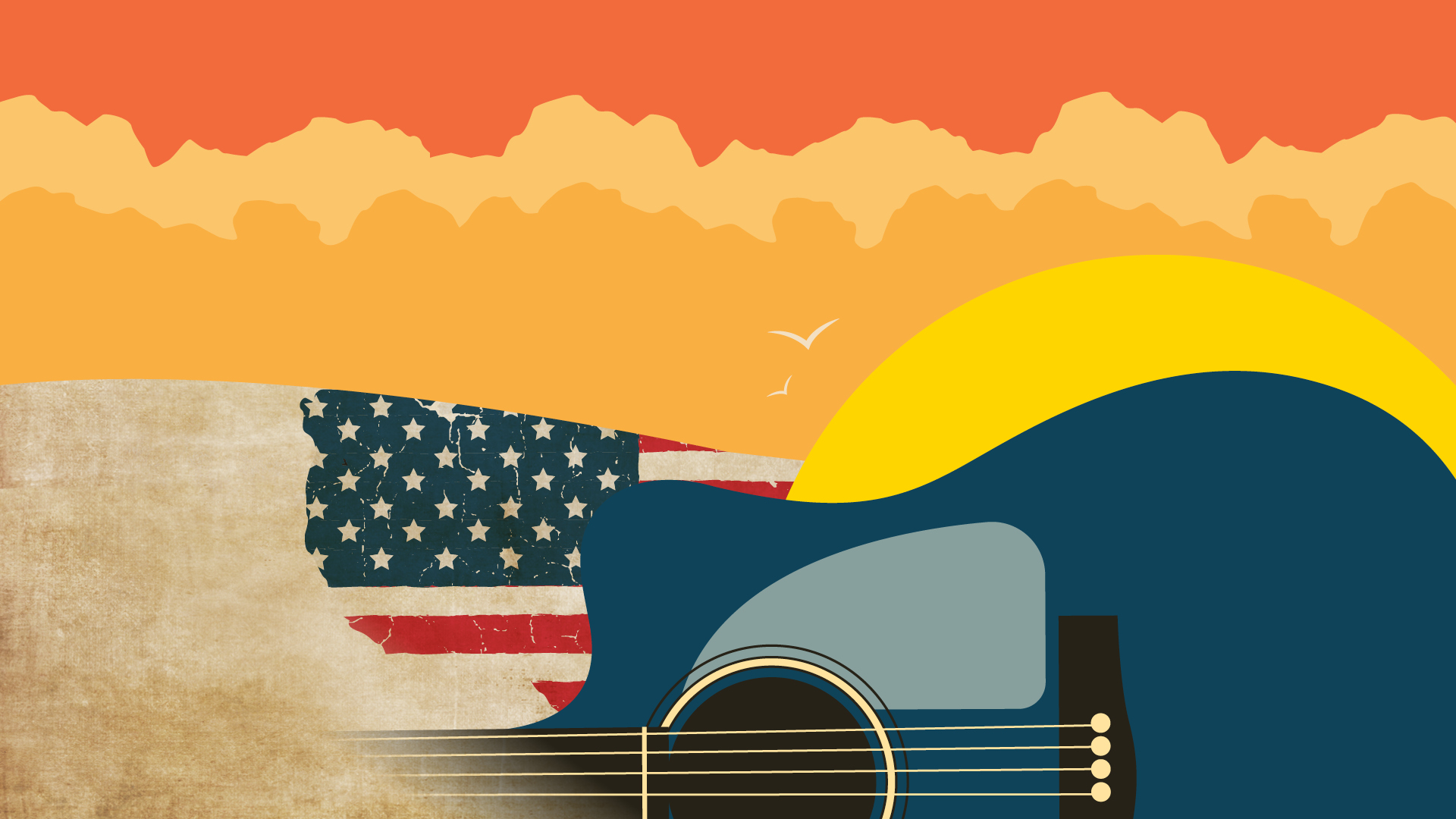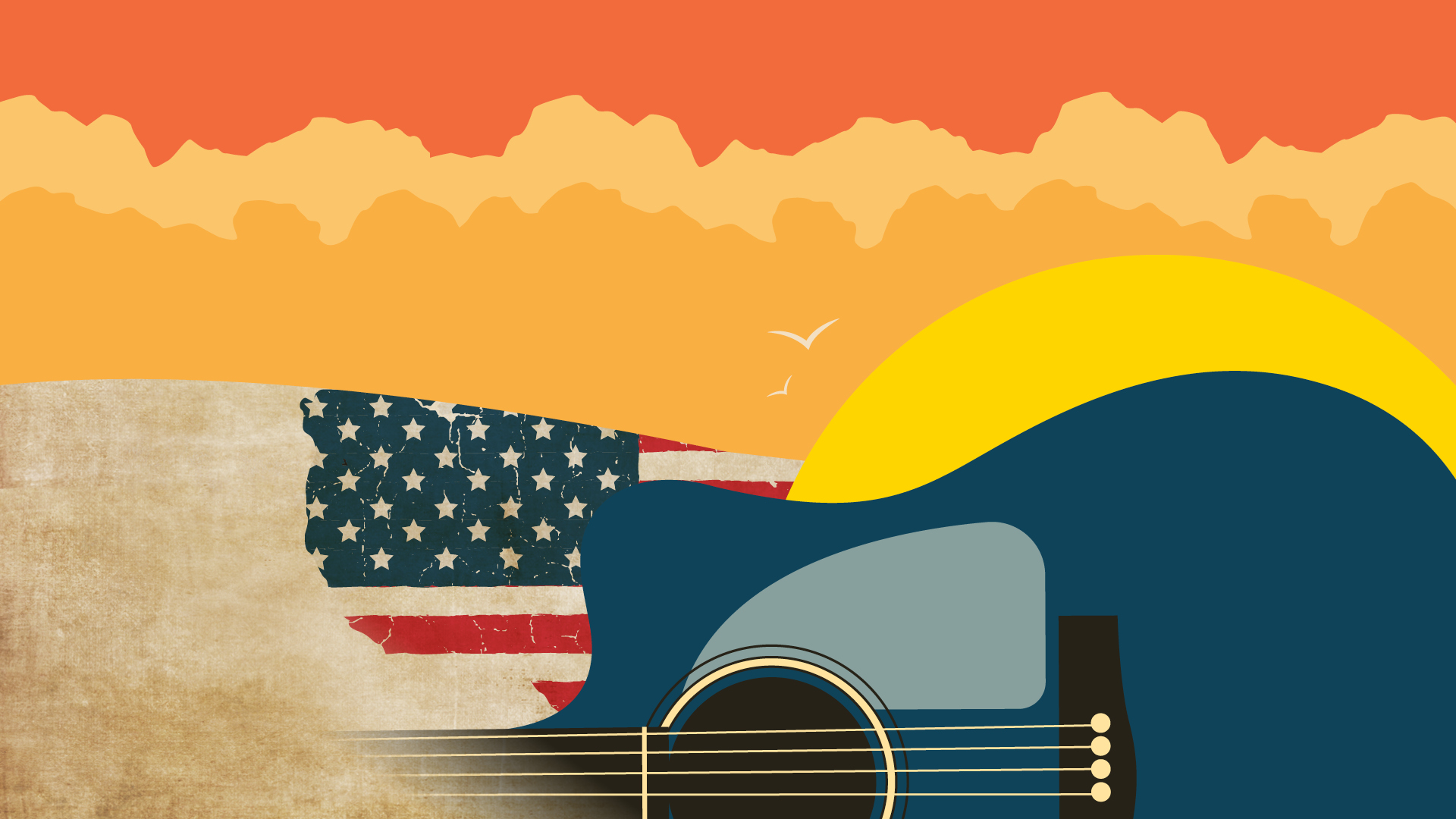
Four "lessons" to try to tell, through words and sounds, how we "discover" America each time through music, how each generation has its own "America," how a place can be both physical and imaginary. Four dates with Gino Castaldo, Ernesto Assante and the band led by Gigi De Rienzo.
All the music we listen to today, with very few exceptions, comes from the great families of American music. Unique example of a multi-ethnic "New World" generated by modernity, on constitutionally democratic foundations and dramatic and insuperable social contradictions. The United States was an immense laboratory in which, among other things, what is universally understood by women and men in the Western world as popular music was also formed. It is not that original forms of folk music did not exist in the Old World; on the contrary, many of these forms migrated right to the New World, sowing seeds of unpredictable mutations. But only in America could the sound that roamed the streets, that triumphed in seedy clubs, that enlivened hawker theaters, become "the sound" of a century, of the twentieth century, which in this respect is properly the american century, first exciting the creativity of the thousands of anonymous musicians who spread a vital mass of evolving new languages across the country, then becoming the vertigo of entertainment, the support of sound cinema, the prototype par excellence of reproducible art, and finally pop culture.
The tale of twentieth-century American music is the tale of the "discovery" of so many different "Americas," invented and real, traditional and futuristic, each of them original and unique, capable of being new things and generating, in turn, further new things, further "discoveries." It is in these "Americas" that popular music has become the music of our time. Jazz and blues, country and pop, avant-garde and electronic, disco and dance, soul and rap, rock and folk, quoting in bulk, have become part of the planetary musical language, precisely because of the unique conditions offered by the particularity of the great American "laboratory," especially in the postwar period, when the entry of the youth figure generated the most overwhelming must musical revolutions. For us Europeans, from generation to generation, each time "discovering" America has been an experience.
SUBSCRIPTIONS INFO
Subscription cost: 30.00 euros - reduced student subscription 20.00 euros;
Cost of single lesson tickets: € 10.00 euro - reduced students € 5.00
Timing
- Subscription renewal: from Tuesday, Nov. 14 at 4 p.m. to Tuesday, Nov. 28 inclusive;
- New subscriptions and single class tickets on sale: from Tuesday, November 14
Where to buy
For subscription renewal:
- At the box office of the Auditorium Parco della Musica Ennio Morricone, during continuous hours 11 a.m. - 7 p.m.
For the sale of new subscriptions and tickets:
- Ennio Morricone Auditorium Parco della Musica box office hours 11:00 a.m. - 7:00 p.m;
- Online at www.auditorium.com and www.ticketone.it
Regulations
- A maximum of 2 subscriptions per person can be titled;
- A maximum of 2 subscriptions can be renewed on behalf of other subscribers by proxy only;
- The program may be subject to change
Each American city is a world unto itself, each city is built around legends and realities, each city has a sound, a history, and characters who helped build it. Each city is a different America, made up of different musics that are part of the “cityscape,” are closely related to the “panorama,” and are an integral part of the architecture of metropolises.
The West Coast sound is that of a California of sun, sea, dreams and freedom. The sound of the South is that of blues and country, of roots and tradition that constantly renews itself. The East Coast sound is made of metropolis, electricity, speed and excess. The sound of the Great North is mixed with that of the factories, the great streets, the masses in motion. The cardinal points of the United States serve to orient oneself in a map that is constantly being redrawn by music.
America is discovered by traveling. And every American musician has traveled on dusty, bumpy roads, found poetry in the highways, traveled rivers to seek freedom, sought railroad tracks to imagine a future. America and travel are closely connected to the sound, rhythms, harmonies, and words that have told the thousand paths on which the history of American music has been built.
The frontier, the borders, which have shifted over time as America grew, was conquered at the expense of the people who lived there, have been an integral part of the history of the building of the United States. But at the same time for musicians and authors, the idea of the frontier to be crossed, to be knocked down, to be stepped over, has become an integral part of their nature. So is the idea that there is always, with art, a promised land to be reached.




